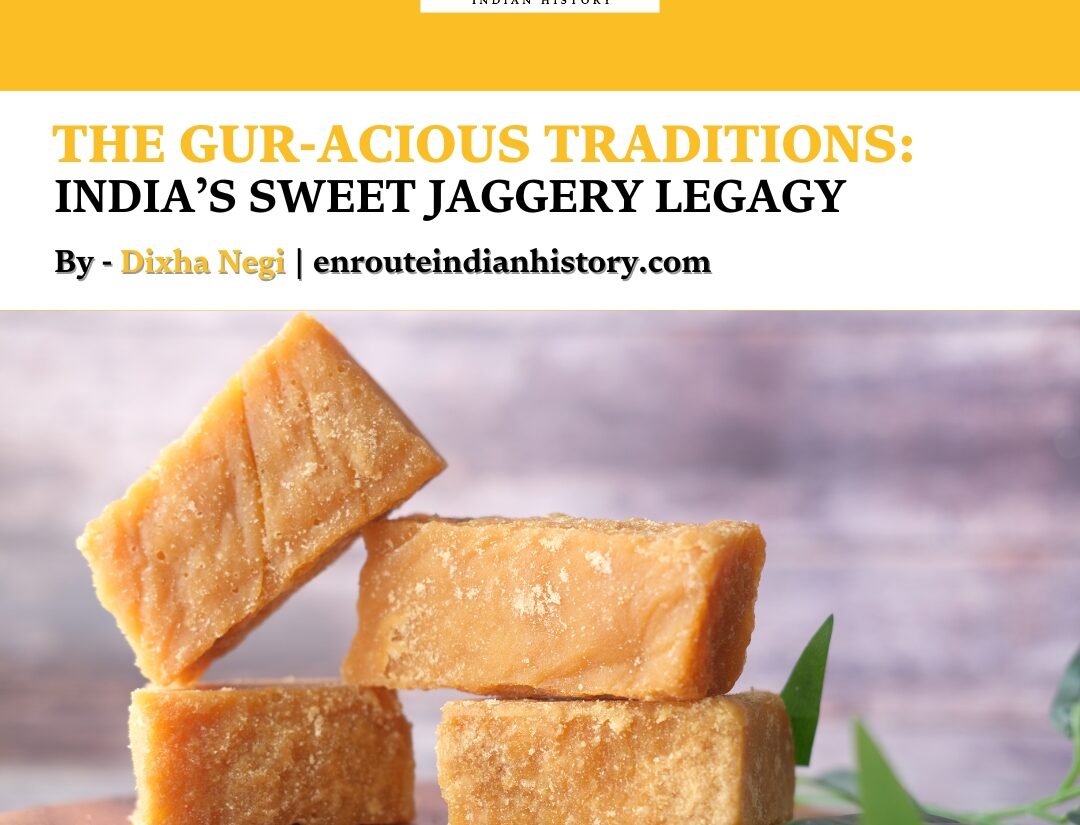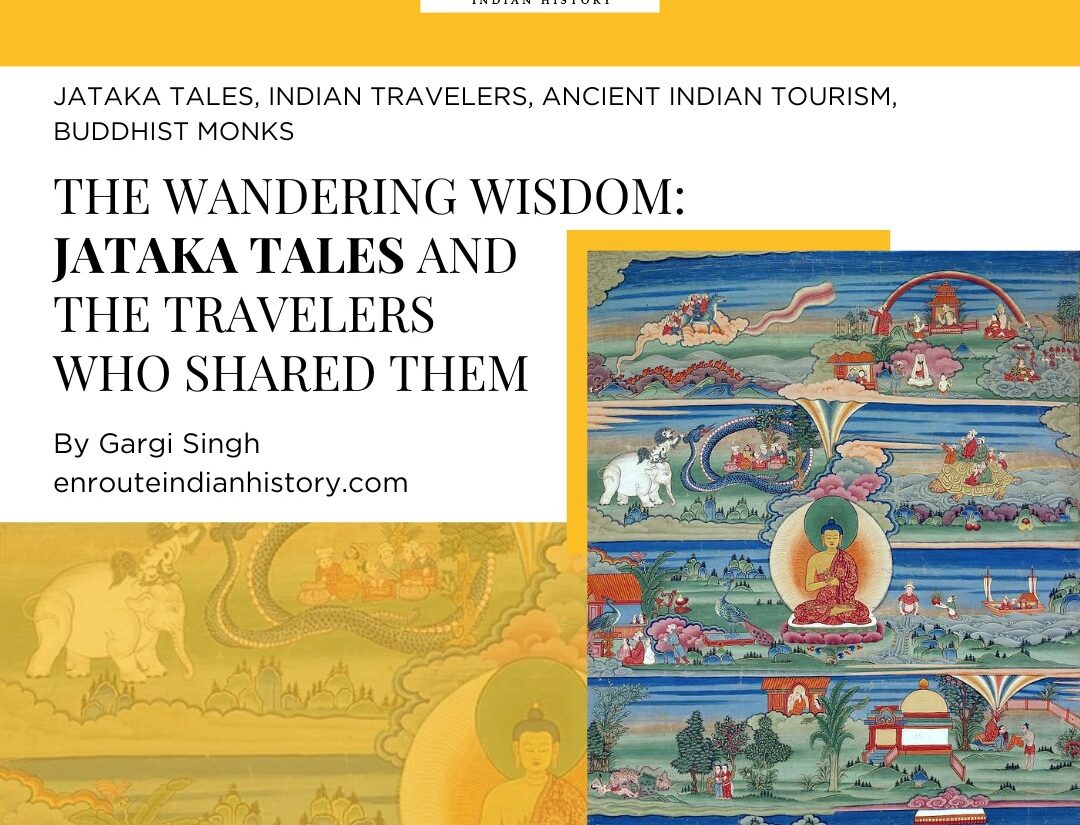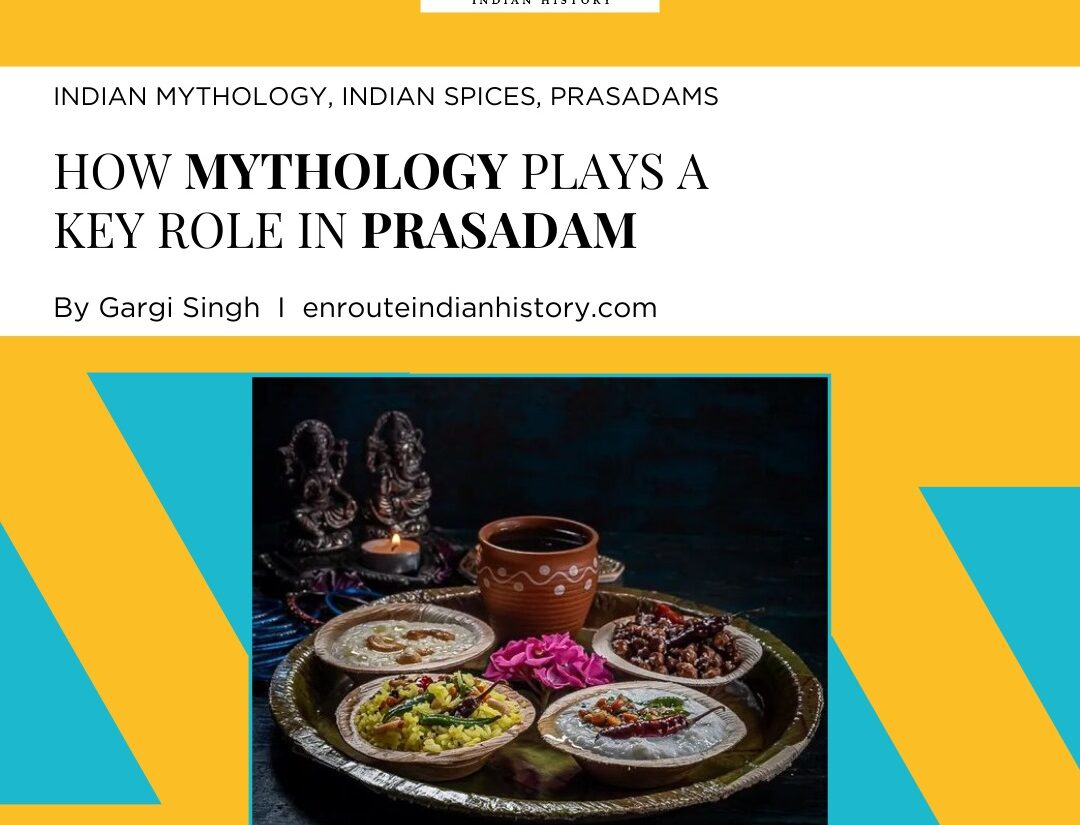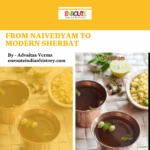Every year lakhs of people flock over to the ‘Paradise on Earth’ Kashmir to take a look at the white-snow covered valley, ice cap mountaintops and frozen lakes. While this would be a weekend escape for most, the locals of Kashmir see snow as a sign of a flourishing spring, a blissful summer, and an abundance of food. The agriculturalists are most excited by a heavy snowfall since it ensures that the rice field will have enough water when it’s required most in the summer. Deep frozen snows on slopes and highlands keep its streams and rivers merrily running during hot summers, preserving its splendor. Snow draws tourists, who account for 7% of the Union Territory’s GDP.
As a result, snow has ingrained itself into the culture and is expressed in colloquial language. Winter is widely used as a metaphor in poetry, fiction, and other creative works to suggest melancholy, suffering, loss, and death. However, because snow is so important in this place, “Snow” is used in Kashmiri poetry and proverbs to evoke feelings of pleasure and longing. Wintertime longing is like a bride’s longing for her natal home and siblings: Sheene peto peto; Bayi yito yito: Fall, O snow! Come, O brother! The couplet sung by women while performing little household tasks later transforms into a lullaby for kids, adopting a different genre as the mother’s brother is now referred to as Mama. The saying, Sheen e Peto Peto, Mama Yito, Yito: O, snow come, fall, soon, O, Mama visit us soon has been the singing chorus of children since ages during snow-winters of Kashmir.

Image description: Congress leader Rahul Gandhi gets into a snow fight with his sister Priyanka Gandhi in Srinagar, Kashmir.
The first snowfall is a cause for celebration. A Kashmiri’s joy at witnessing thick snowflakes fall from the sky is so great that he instantly welcomes others with the greeting, Barfi nau after sad Mubarak bad: The new snow has fallen, a hundred congratulations to you.From this snow, one can figure out whether the Kashmiri winter ahead will be a very severe one or not by observing rats, leading to the saying heen dishith yi gagur kari ti chhukh rupeyi dishith karaan: What the rat will do when it sees the snow, that you are doing when you see money. Each rat will harvest up to six sacks of rice grain for himself if winter is predicted to be unfavorable. A ser was an ancient dry volume unit equal to around a kilogram.Another everyday saying is Yiwen daulat pewun sheen; Tsalawani daulat galawun sheen: Wealth comes like the falling snow (slowly); Wealth goes like the melting snow (quickly).The Kashmiris have long held the tradition of Sheen Shart, or snow bets, in which they play jokes against each other on the first day of snowfall. A person would gather a little amount of fresh snow, wrap it in paper or something similar, and present it to a friend as though they were giving them something significant. Alternatively, he would load his kanger (a traditional firepot used to stay warm during the winter in Kashmir) with snow and ask his companion to hold it while he pretended to have some vital task to complete. If this companion opens the wrapped paper or holds the kanger, he will be ridiculed and must forfeit a little amount of money. Amongst the educated, it is customary to write the following Persian couplet on the paper with snow – Barf i nau aftsd sad mubarak bad. An chi shart ast zud bayad dad?: The new snow has fallen, a hundred congratulations to you. What is the agreement— ( but a trifle ! ) — so you must pay up quickly. If the friend reads even a single word of this, he will be found out and will have to forfeit a negligible amount.Snowfall is a time for youngsters to have a lot of fun. There is nothing like the satisfaction of treading on brand-new snow, making tracks with feet, and listening to the sharp sound it makes. Kids would stay occupied with activities like Sheen Rakeinh (snow skiing), making Sheen Mohenuv (snow man), and Sheen Jung (snow battle) where they would toss snowballs at one another. Another juvenile inclination was to smash and taste icicles that were suspended from rooftops, treating them like ice cream. In traditional games, these sheshergant (icicles) are also wielded like swords.

A kashmiri woman wears pheran and enjoys the afternoon sun. This type of fashion is extremely popular across India
Image courtesy: Gyawun.
The Chillai kalan, also known as Chilla-i-Kalan, is the most favorable time for snowfall. The term “Chillai kalan,” which combines the Persian terms “chilla” and “kalan,” refers to the 40-day period during which Kashmir experiences its most severe winter. It is immediately followed by 20 days of Chillai Khord (little winter) and 10 days of Chille Bacchi (baby winter). Before winter in Kashmir arrives, provisions are prepared for woolens, particularly Pheran (a long, loose traditional garment), charcoal for Kanger, and wood for Hamam (a private chamber with a stone slab floor below for fire). Vegetables such as tomatoes, turnips, bottle gourds, brinjals and spinach that were earlier sun-dried during summertime for use in winter months when import of green vegetables was not feasible have now become a vital component of traditional cuisine.In the music ritual known as Chilla Kaatna, an individual fully withdraws from the outer world in order to focus on a spiritual or professional endeavor. In a similar vein, Kashmiris isolate themselves during the severe winters. As Kashmir is cut off from the world, the people engage in various evening activities to keep themselves occupied. The people commemorate Chillai Kalan by indulging in Harisa, a traditional mutton dish served with freshly baked bread and a cup of nun chai, a salty beverage. Nadir gaade (fish with lotus stem), razmah gogji (kidney beans with turnip), batak palak (duck with spinach), nadir gogji (lotus stem with turnip), phari (smoked fish), hogade (dried fish), ale hachi (dried bottle gourd), wangan hachi te moonge dal (dried brinjals with moong), wangan hachi (dried brinjals), ruwangan hachi (dried tomatoes), gogji aare te tchaman (dried turnip with cheese), and wari (dried cakes of mixed paste of various spices especially red chili powder) are some of the special and traditional dishes specially prepared and savored during this period.

Because Kashmir winter evenings are long, it’s customary for family members to listen to the elder members relate tales of heroes from local legend. Throughout the long, chilly winter evenings, skilled storytellers known as Kitabkhans kept the villagers actually captive with their retellings of daastan (folklore). An engaging mood was established in a room full of attentive listeners under the soft glow of an oil lamp set on a zoor, a niche for a wall-carved lamp, and the storyteller working his magic via his narrative. These stories of love and conflict were either localized Persian and Arabic fables such as Gulrez, Lael Majnoon, Shirin Farhad, Shahnaama, Saam Naama, Jung-e-Khawar and Jung-e-Khaibar, or they were indigenous tales such as Ake Nandun, Heemal Nagrai, Wuzra Maal, Beebash Noor, Taalav Razdaen, and Gulnoor. In addition to a delicious supper made after slaughtering a domestic fowl, the storyteller’s pay was given in kind.Mothers would frequently tell their kids stories about made-up characters from Kashmiri folktales called “Chil-Bab” at night. One tale centers on the menacing and well-known figure “Rantas,” a frightening lady with long hair, a large nose, red eyes, and two long fangs. An further story centers on a guy known as “Machk Ruen.” One winter’s night, Machk Ruen and his spouse were sound asleep when all of a sudden there was a knock at their door, accompanied by a child’s sobs and tears as she implored, “Please, uncle, open the door. It’s cold outside, please.” Emotionally moved, Machk Ruen opened the door without realizing the kid was the spirit of Rantas. Then Rantas kidnapped him and imprisoned him in her cave until he managed to find her magical “Comb” and get away.
Other times, the family worked on various tasks under the light of a candle, such as the men weaving tchadars, or woolen blankets, the woman of the house spinning or weaving tchaengijs, or circular mats made of paddy straw, and the kids completing their schoolwork. After that, they would all retire to bed. People frequently choose to sleep among the cattle because of how hard the Kashmir winter was. Given that the sheep stable being the warmest spot in the home, even highly esteemed visitors, like a son-in-law, were respected by having their beds placed there. In the past, the only source of wintertime indoor heating was cattle. The proverb Yas wandas hammam tah retahkalih gav, sui ha-malih dunyahas aav: That man has come into the world, O father, who has got a warm bath for the winter and a cow for the summer captures the anguish and longing of some who believe that a person is dead if they do not have access to adequate heating during the cold months.But one cannot portray Kashmiri winters in all their vibrant detail. The intense cold forces major adjustments that impact everything from daily activities to clothing selections. There are transit delays and road closures as a result of the heavy snowfall. Wintertime brings regular power disruptions that disrupt day-to-day activities. Health problems might arise from the cold, especially for the elderly and little children. All-in-all, it is a bittersweet experience.
BIBLIOGRAPHY:
- Khalid Bashir Ahmad (Jan 19, 2021), ”KASHMIR: ROMANCE AND RIGOURS OF SNOW”, https://kbahmad05.medium.com/kashmir-romance-and-rigours-of-snow-165e4b924439
- Kashmir Life (December 28, 2022), ”Wandeh: The Kashmir Winter”, https://kashmirlife.net/wandeh-the-kashmir-winter-vol-14-issue-39-306860/
- Tawseef Mushtaq (December 18, 2020), ”Remembering Winter in Kashmir: Shaping A Collective Memory of the Past”, https://www.ancient-origins.net/ancient-places-asia/winter-kashmir-0014691
- Knowles, J.H., 1885. A Dictionary of Kashmiri Proverbs & Sayings: Explained and Illustrated from the Rich and Interesting Folklore of the Valley. Education Society’s Press.
- Unknown (December 26, 2021), ”Tales of Chillai Kalan”, https://risingkashmir.com/tales-of-chillai-kalan
- Mahfooz Ahmad Bakshi (January 12, 2023), ”Snowfall: Myths and Reality”, https://kashmirreader.com/2023/01/12/snowfall-myths-and-reality/
- September 27, 2024
- 9 Min Read
- May 15, 2024
- 6 Min Read
- April 4, 2024
- 7 Min Read
- March 27, 2024
- 11 Min Read























